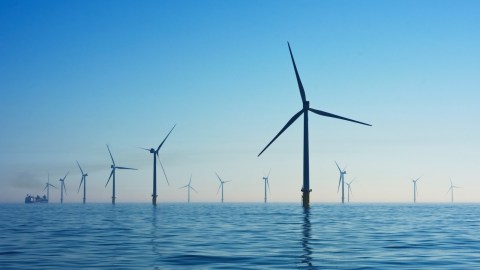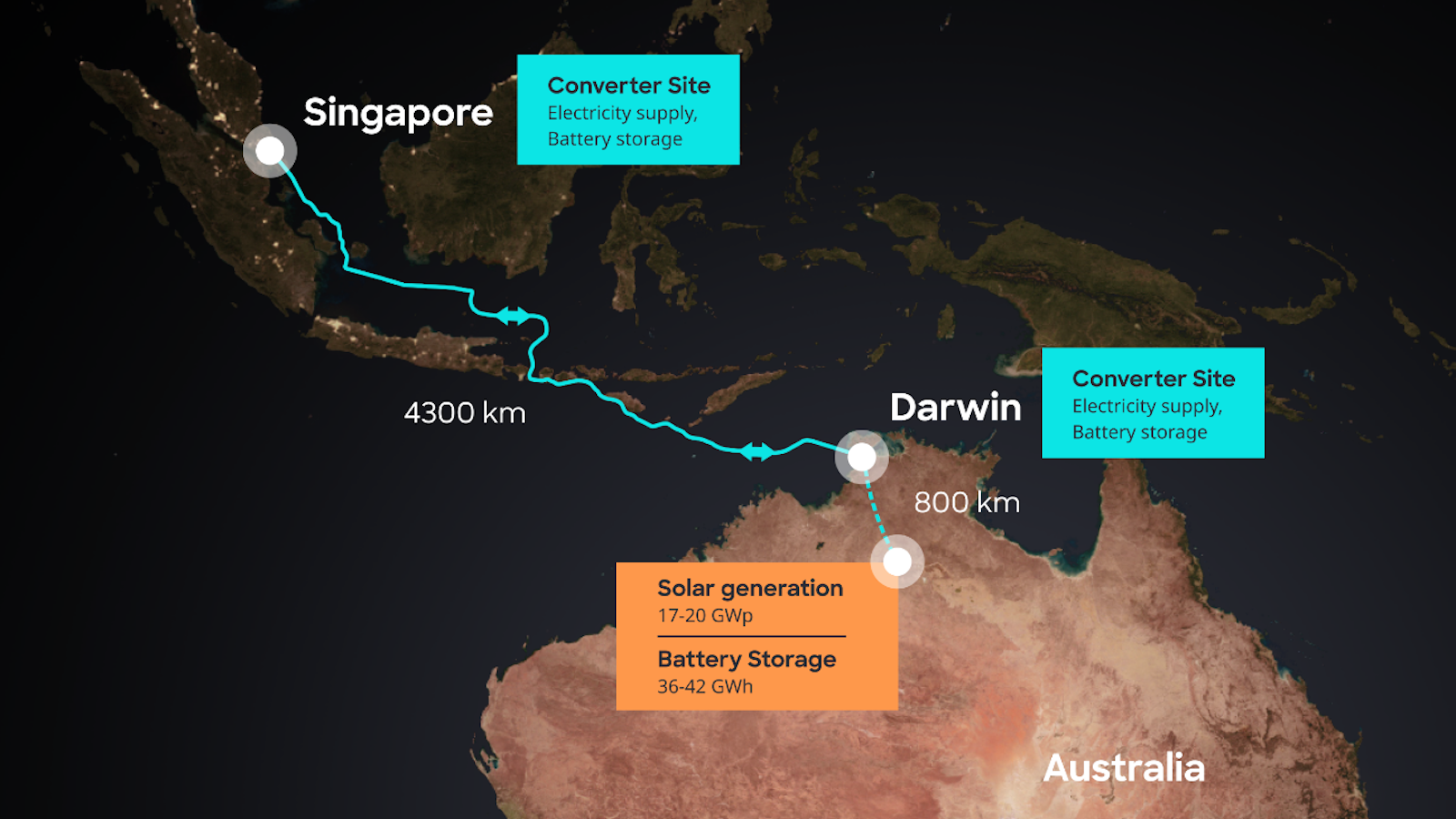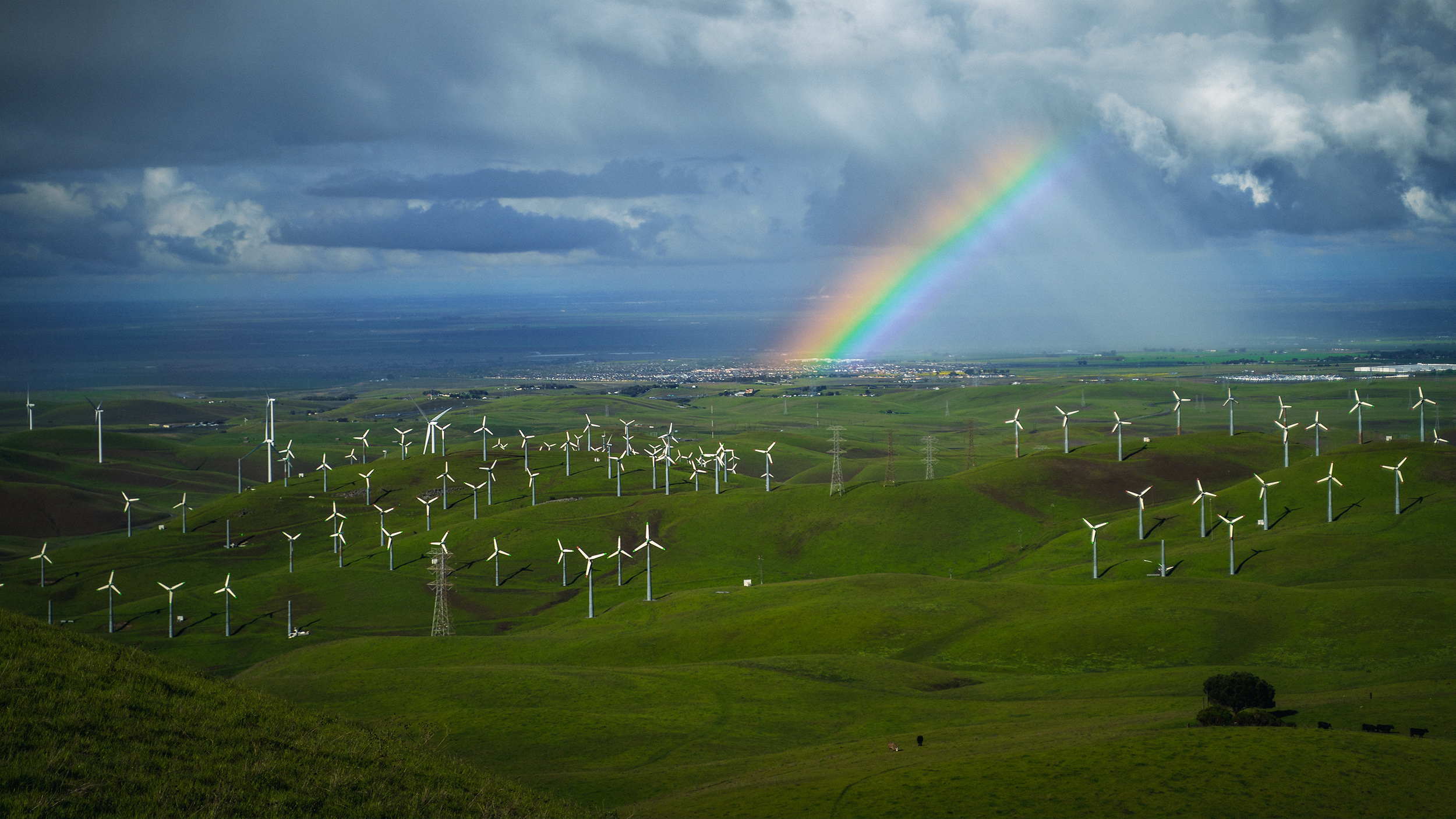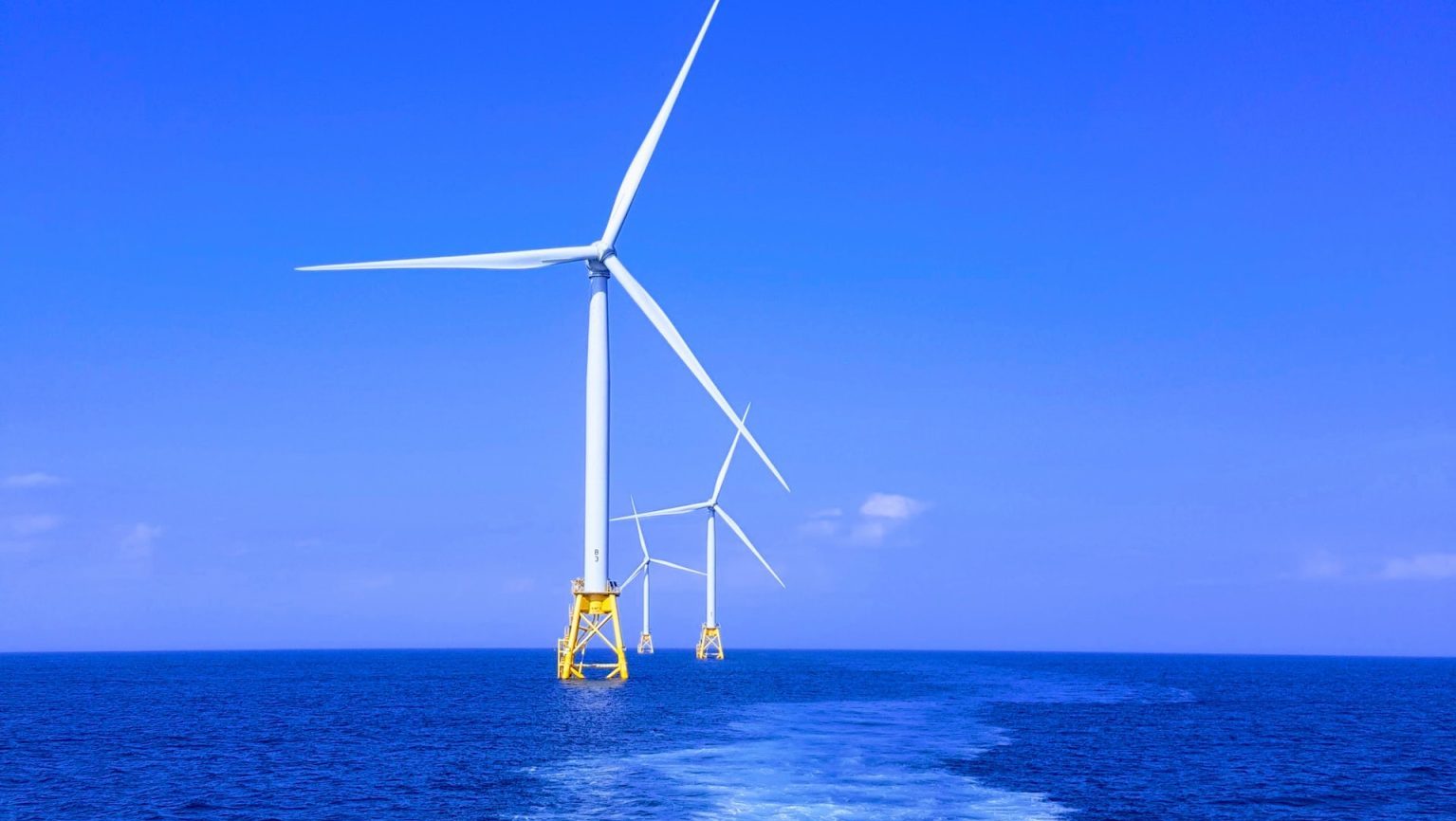The world’s largest offshore wind farm nears completion—it can power 1 million homes

Photo by Nicholas Doherty on Unsplash
- A new project off the U.K. coast could power up to 1 million homes.
- The wind farm is one of the largest of its kind.
- Hornsea is the farthest-out-to-sea wind plant in the world.
Renewables are leaving the land and heading offshore. The world’s largest offshore wind farm, located off the east coast of Britain, is on the cusp of completion. It’s one of the most ambitious and large scale plans to combat climate change and develop renewable sources of energy.
Situated 75 miles (120 kilometers) out from England’s Yorkshire coast, the Hornsea One project will be able to power 1 million British homes once it’s completed in 2020. This will be the furthest a wind farm has ever been out to sea. It’ll consist of 174 seven megawatt wind turbines that are all 100 meters tall, with a blade circumference of 75 meters.
World’s largest offshore wind farm
The entire wind farm takes up a space of roughly 157 square miles (407 square kilometers). The turbines are also massive. Stefan Hoonings, the senior manager at the company Ørsted, responsible for the construction of the farm, reported that just a single rotation of one of the turbines can power an entire house for a whole day.
This project, among others, will help the United Kingdom reach its goal of deriving a third of its energy from offshore wind by 2030.
Climate activists are pushing harder than ever to get more renewable projects off the ground. Recently 77 countries at the United Nations Climate Action Summit in New York committed to reduce greenhouse gas emissions to net zero by 2050, but past commitments in the past have fallen short. Global emissions have continued to rise since the 2015 Paris climate agreement.
March towards the entire world running on renewables
The globe’s share of renewables are small, but growing. A McKinsey report predicts that by 2035, more than half of energy generation may stem from renewables.
Wind power is proving to be a viable option for mass scale energy production. Stanford researchers recently created a roadmap study that showed that with our current technology we could power the whole world with renewables by 2050.
The company building Hornsea has already built 25 offshore wind farms — from Europe to the United States to parts of Asia. The company was originally called Danish Oil and Natural Gas, since 2006 it’s weaned itself off of coal, cutting some 73 percent of its usage since 2006. It intends on being coal-free by 2023.
Hornsea is going to have two further iterations. Hornsea Two will be able power up to 1.6 million homes, followed by Hornsea Three which could provide electricity to 2 million homes.





